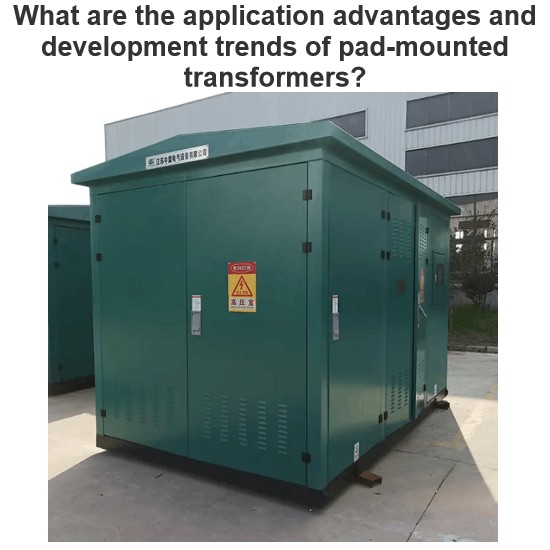Impedance of Transformer
Leakage Reactance Definition
In a transformer, not all the flux links both the primary and secondary windings. Some flux links with only one winding, called leakage flux. This leakage flux causes self-reactance in the affected winding.
This self-reactance is also known as leakage reactance. When combined with the transformer’s resistance, it forms impedance. This impedance causes voltage drops in both the primary and secondary windings.
Resistance of Transformer
The primary and secondary windings of a electrical power transformer are usually made of copper, which is a good conductor of current but not a superconductor. Superconductors are not practically available. Therefore, these windings have some resistance, known collectively as the transformer’s resistance.
Impedance of Transformer
As we said, both primary and secondary windings will have resistance and leakage reactance. These resistance and reactance will be in combination, is nothing but impedance of transformer. If R1 and R2 and X1 and X2 are primary and secondary resistance and leakage reactance of transformer respectively, then Z1 and Z2 impedance of primary and secondary windings are respectively,
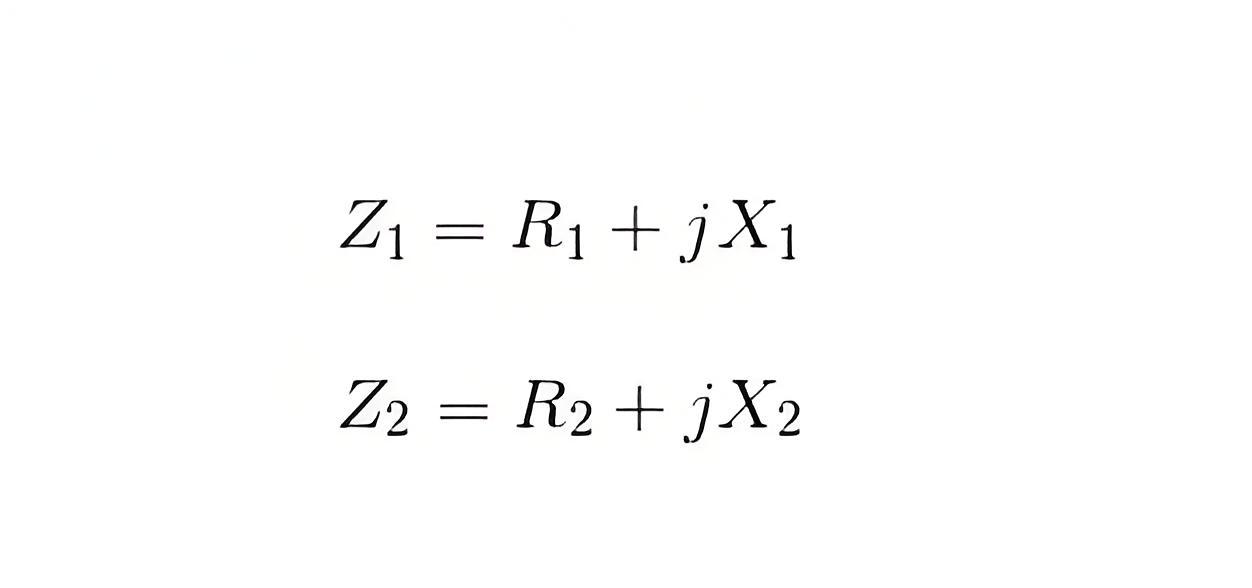
The Impedance of transformer plays a vital role during parallel operation of transformer
Leakage Flux in Transformer
In an ideal transformer, all the flux would link both the primary and secondary windings. However, in reality, not all flux links with both windings. Most flux passes through the core of transformer, but some flux links with only one winding. This is called leakage flux, which passes through the winding insulation and transformer oil instead of the core.
Leakage flux causes leakage reactance in both primary and secondary windings, known as magnetic leakage.
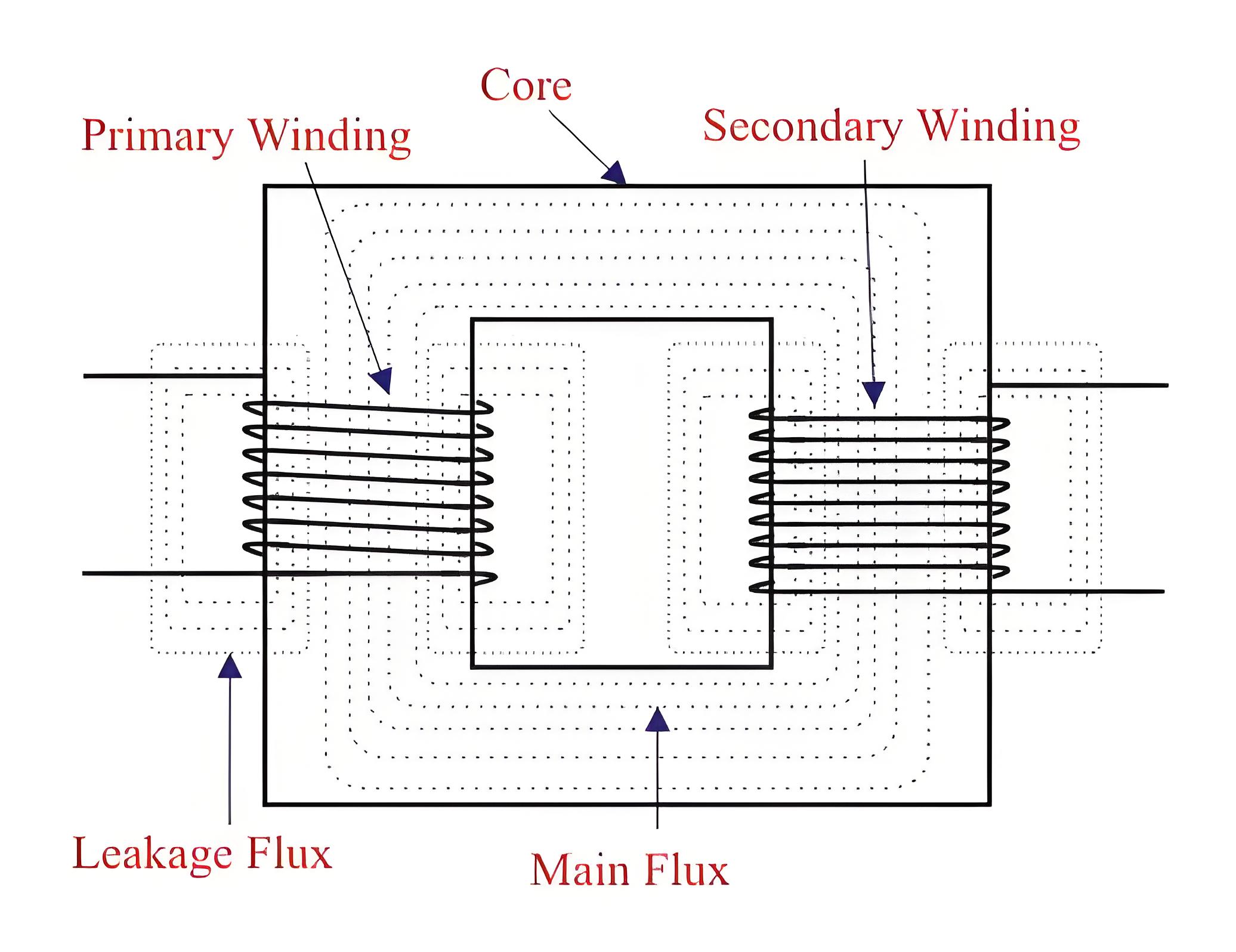
Voltage drops in the windings occur due to impedance of transformer. Impedance is combination of resistance and leakage reactance of transformer. If we apply voltage V1 across primary of transformer, there will be a component I1X1 to balance primary self induced emf due to primary leakage reactance. (Here, X1 is primary leakage reactance). Now if we also consider voltage drop due to primary resistance of transformer, then voltage equation of a transformer can easily be written as,
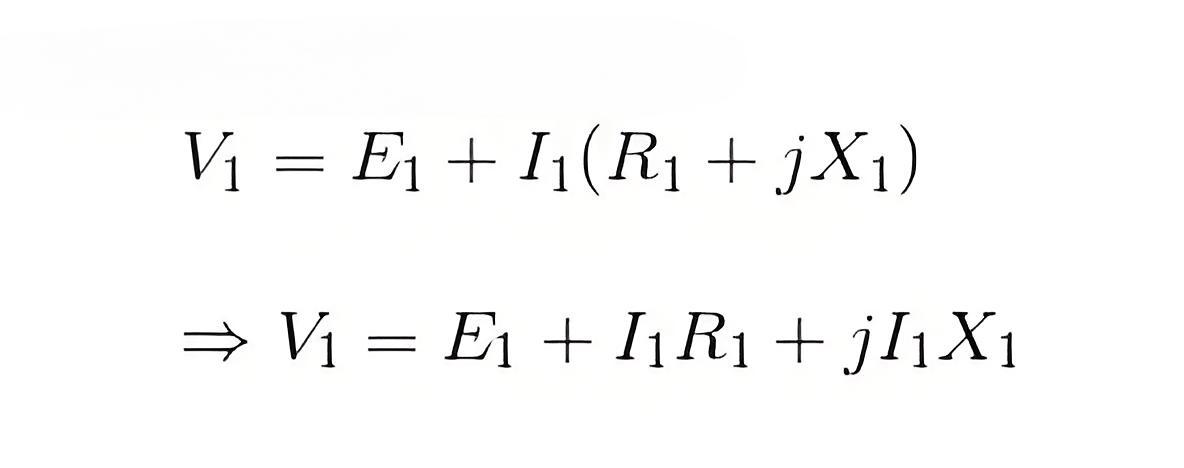
Similarly for secondary leakage reactance, the voltage equation of secondary side is,
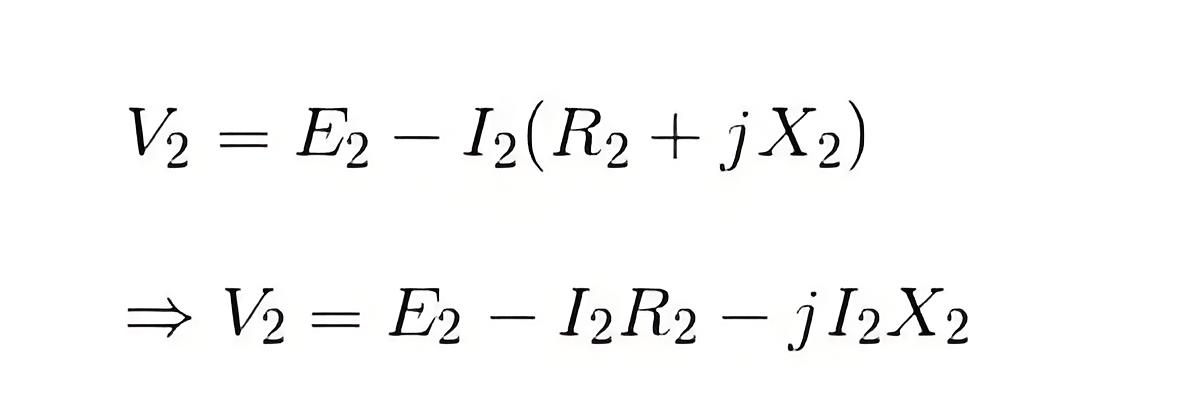
Here in the figure above, the primary and secondary windings are shown in separate limbs, and this arrangement could result in a large leakage flux in transformer because there is a big room for leakage.
Leakage in primary and secondary windings could be eliminated if the windings could be made to occupy the same space. This, of course, is physically impossible but, by placing secondary and primary in a concentric manner can solve the problem to a good extent.
The Electricity Encyclopedia is dedicated to accelerating the dissemination and application of electricity knowledge and adding impetus to the development and innovation of the electricity industry.



